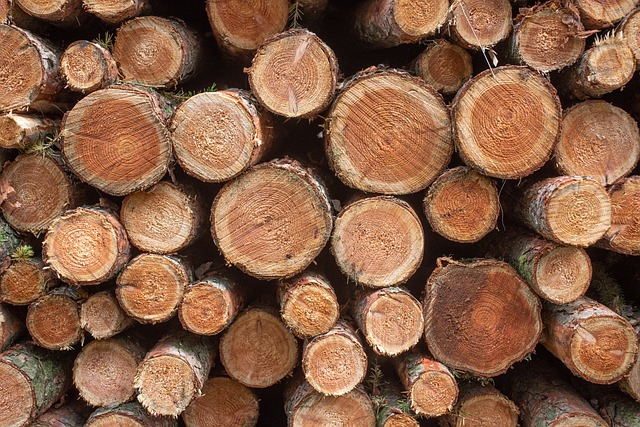The timber industry has been a cornerstone of Lane County, Oregon's economy and history for centuries, contributing significantly to national wood product manufacturing. However, it has also had a profound environmental impact, leading to widespread deforestation, habitat loss, soil erosion, and greenhouse gas emissions. To address these concerns, industry professionals are implementing sustainable practices like best management practices (BMPs) to minimize soil disturbance and enhance erosion control. Lane County successfully balances its timber heritage with conservation efforts, promoting responsible logging, habitat restoration, and native species protection through strategic planning, reforestation projects, and advanced technologies. This dual approach not only supports a thriving timber industry but also contributes to global environmental sustainability.
“The timber industry has long been a cornerstone of Lane County, Oregon’s economy, shaping its historical landscape. However, this abundant resource extraction has significant environmental repercussions. This article explores the dual nature of Lane County’s timber industry, delving into its historical role while critically examining the environmental effects, including deforestation, habitat loss, and water quality issues. We also highlight the region’s conservation efforts and the adoption of sustainable forestry practices.”
- The Historical Role of Timber in Lane County's Economy
- Environmental Impacts: Deforestation and Habitat Loss
- Water Quality Concerns and Runoff Management
- Conservation Efforts and Sustainable Forestry Practices in Lane County
The Historical Role of Timber in Lane County's Economy
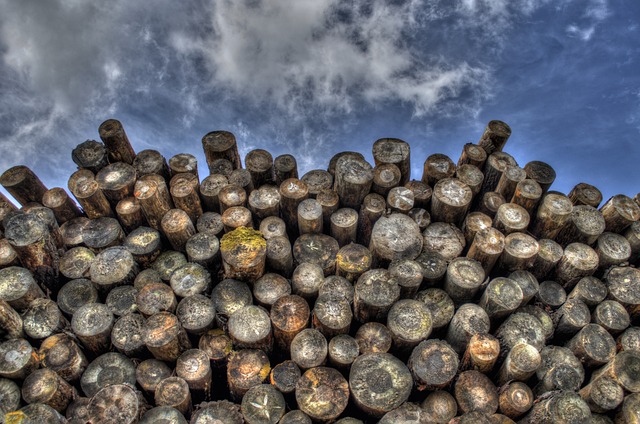
The timber industry has played a pivotal role in shaping the economy and history of Lane County, Oregon. For decades, this region has been renowned for its vast and lush forests, which have driven a prosperous timber sector. The county’s rich forestry resources have not only sustained local businesses but also contributed significantly to the state’s and nation’s wood product manufacturing. Historically, logging was a primary industry, employing many residents and fostering a strong sense of community tied to the land.
Lane County’s dependence on the timber industry dates back centuries, with Native American tribes utilizing the forests for sustenance, shelter, and trade. As European settlers arrived, they recognized the area’s immense timber potential, leading to extensive logging practices. This historical connection continues to influence the county’s identity, as many communities thrive off the residual economic benefits of this vital sector.
Environmental Impacts: Deforestation and Habitat Loss
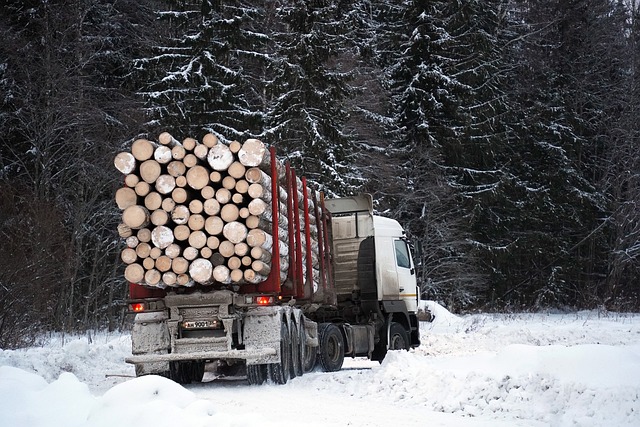
The timber industry in Lane County, Oregon has had a significant impact on the region’s environment, particularly through widespread deforestation and habitat loss. The county’s lush forests, once teeming with diverse plant and animal life, have been rapidly cleared for logging activities. This has led to the destruction of critical habitats, disrupting the ecological balance and threatening the survival of numerous species.
The consequences are far-reaching; deforestation contributes to soil erosion, as tree roots no longer stabilize the land. It also results in increased greenhouse gas emissions, exacerbating climate change. Moreover, the removal of forests can lead to reduced water quality, as trees play a vital role in filtering and regulating water flow. These environmental impacts underscore the need for sustainable practices within the timber industry to ensure the long-term health of Lane County’s ecosystem.
Water Quality Concerns and Runoff Management
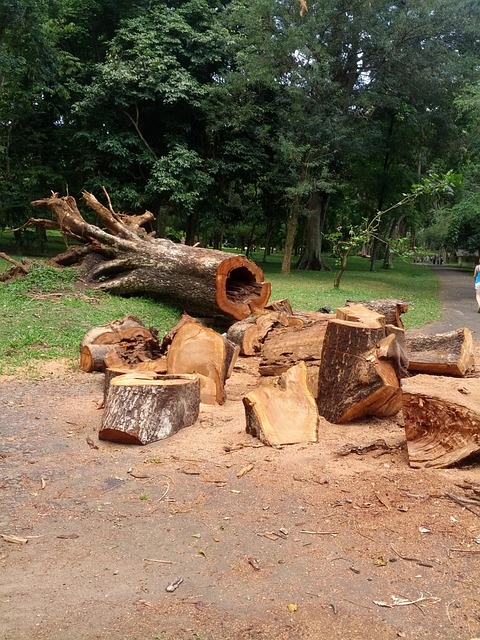
The Lane County, Oregon, timber industry has long been a cornerstone of the local economy, but its practices have raised significant environmental concerns, particularly regarding water quality. The extensive logging activities in this region can lead to soil erosion and sediment runoff, which directly impact nearby waterways. When heavy rainfall occurs, eroding soil from cleared land can wash into streams and rivers, causing turbidity and introducing harmful sediments and nutrients. This process not only hampers aquatic ecosystems but also affects the quality of drinking water for local communities.
Effective runoff management is essential to mitigate these issues. Timber industry professionals in Lane County have been working on strategies to reduce soil disturbance during logging operations and implement better erosion control measures. These include using best management practices (BMPs) such as road stabilisation, proper drainage systems, and revegetation efforts to restore natural habitats. By adopting these sustainable practices, the industry can ensure that water bodies remain healthy and support diverse ecosystems while also contributing to a thriving local economy.
Conservation Efforts and Sustainable Forestry Practices in Lane County
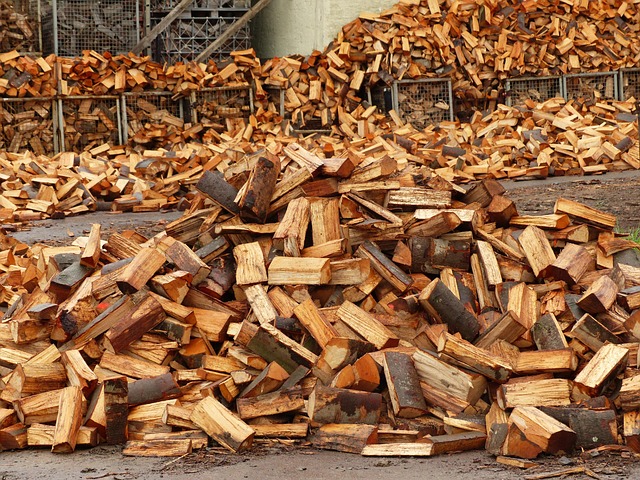
In recent years, Lane County has made notable strides in balancing its rich timber industry heritage with robust conservation efforts and sustainable forestry practices. The region’s forests play a vital role in both the local economy and ecosystem health, leading to initiatives aimed at preserving biodiversity and ensuring long-term resource viability. Conservationists and foresters collaborate closely to implement methods that promote responsible logging, habitat restoration, and native species protection.
These collaborative efforts involve strategic planning, reforestation projects, and the adoption of advanced technologies to monitor forest health. By embracing sustainable forestry practices, Lane County not only supports a thriving timber industry but also contributes to global environmental sustainability. This dual approach fosters a harmonious relationship between economic advancement and ecological preservation, setting an example for responsible land management in the Pacific Northwest and beyond.
